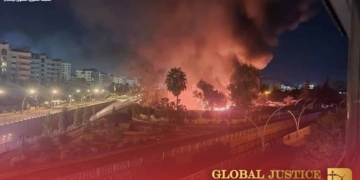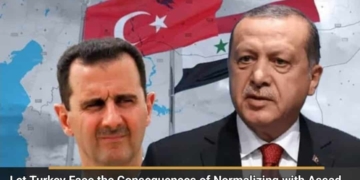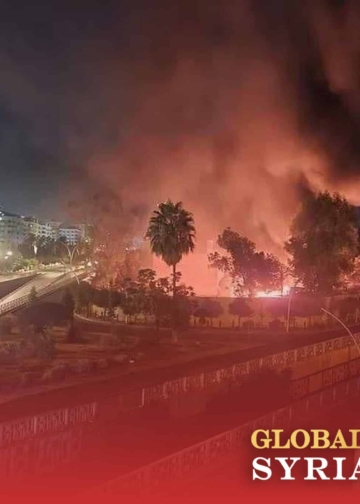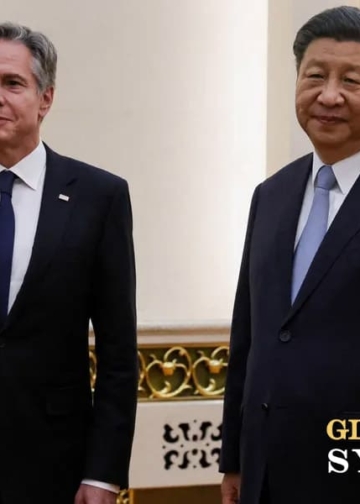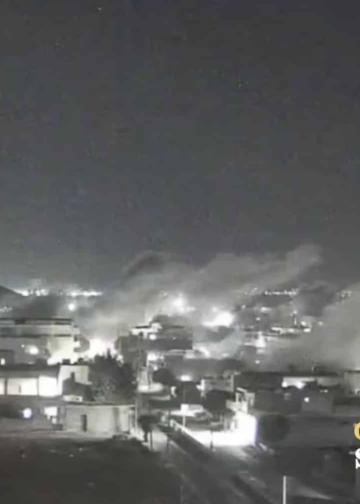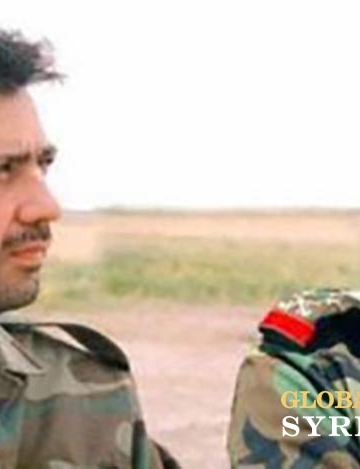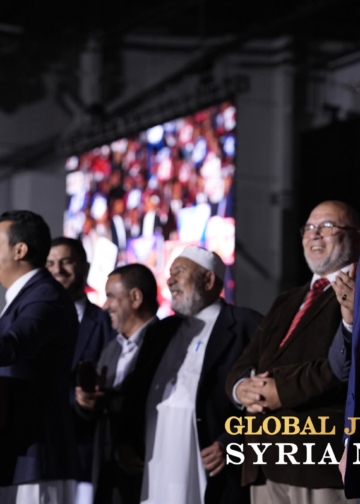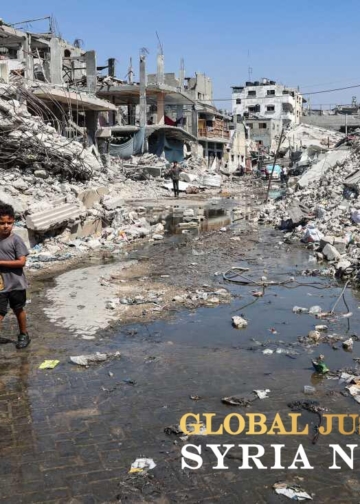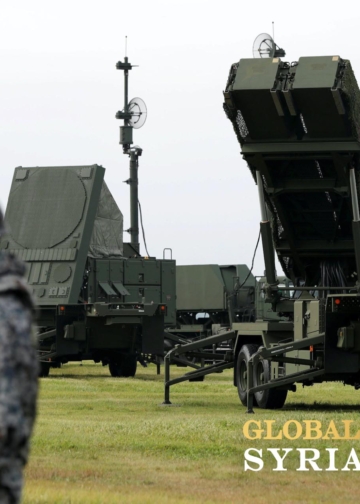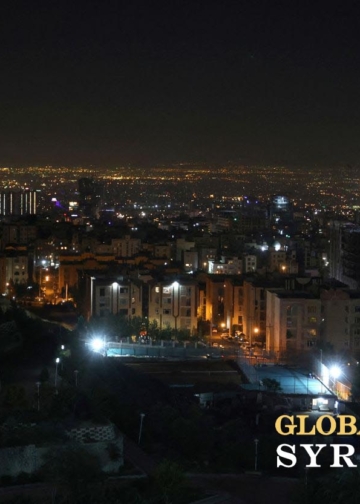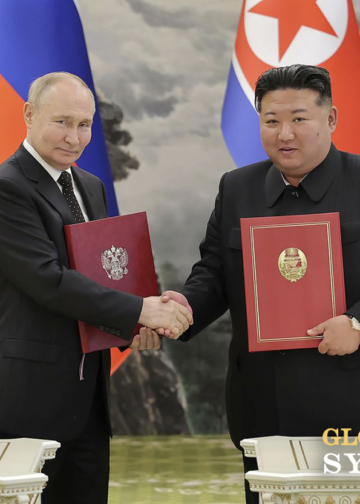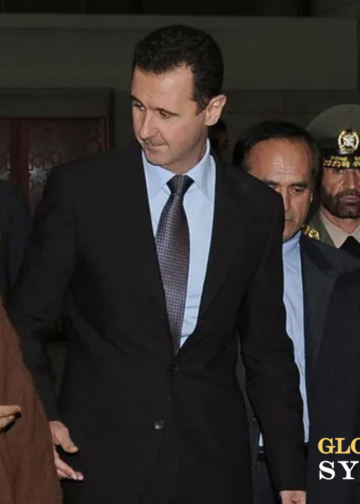On July 25, a U.S. airstrike in eastern Syria targeted Iran-backed militants preparing to launch rockets at American forces stationed in the region. This attack was successful and the US neutralized their target. It was only recently that the Iranian Revolutionary Guard Corps (IRGC) confirmed that one of their officer, Colonel Ahmadreza Afshari, was among the dead, underscoring the direct involvement of Iran’s elite military force in the ongoing conflict in Syria and Iraq.
This incident highlights the IRGC’s active role beyond merely supporting proxy groups; it reveals their direct participation in hostile actions against U.S. troops in the region.
The death of the IRGC officer, confirmed today, signals a significant development in the broader context of U.S.-Iran tensions, especially concerning the military dynamics in Syria and Iraq. The airstrike serves as a stark reminder of the ongoing and complex conflict in the Middle East, where state and non-state actors continue to engage in deadly confrontations.
Since October 7th, Iranian-backed militias have continuously attacked U.S. military bases in the region in response to American support for Israel. The deadliest of these attacks occurred in January 2024, when a one-way drone struck Tower 22, a base on the northern border of Jordan, killing three U.S. service members. Although these attacks had slowed down, the assassination of Hamas political leader Ismail Haniyeh in Iran has led to a resurgence in violence, particularly in northeastern Syria.
As the situation evolves, the direct involvement of IRGC forces in targeting U.S. troops may lead to further escalations, impacting regional stability and U.S. foreign policy in the Middle East.




